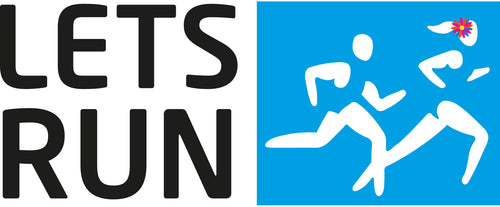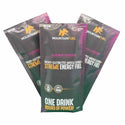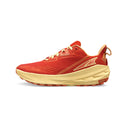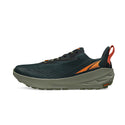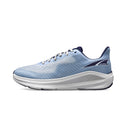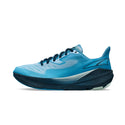
What is Heel Drop?
Ever since the book born to run came out and the minimalist craze went mainstream, heel drop has become a word in most runners vocabulary, with the creation of new brands such as Altra, Hoka and Topo its not as simple to just pick up the right runners.
Heel drop is essentially a measurement for how hight a running shoe’s heel feels. It’s short for “heel to toe drop,” often shortened to just “drop.” It's often called “offset,”

Whatever name, it just tells you how much taller the heel I
than the forefoot.A simple way to look at it - A shoe with a 25-mm thick heel and a 15-mm thick forefoot will have a 10-mm heel-toe drop. A shoe with a 10-mm-thick forefoot and a 10-mm-thick heel would have a 0-mm heel drop (aka "zero drop”).
 Zero Drop
Zero Drop
So why is it important? A shoe with a thick heel demands that you run on your heels—it shoves a wedge of foam beneath your heel which has to hit the ground first. A shoe that’s flat allows you to run on your midfoot—so your entire foot hits the ground at the same moment as your heel. That’s not only the most efficient stride, but it’s also the one that will send the least amount of shock up your leg, reducing your propensity for injuries.
So a lower drop shoe can potentially reduce injuries? Yes this is true however a lower drop shoe can also contribute towards injuries. Think about this logically and it will become simple to understand. If you have calf or Achilles issues and you are running in a 12mm drop shoe and you suddenly drop to a 4mm drop shoe (like Hoka clifton) you are suddenly lengthening your calf and Achilles which is putting extra strain on them which could result in further damage.
 4mm Drop
4mm Drop
Now we are not saying that everyone should kick off their shoes and run barefoot just like we are saying don't chuck those five fingers away and start running in high heels, What we are saying is make sure you understand what you are buying and what the pros and cons are, unfortunately, this can't be gained on google when internet shopping.
Our advice is very simple, if you have a good local specialist running shop staffed and owned by runners then this is a great place to start (make sure it's an independent and not one of these large faceless organisations who actually only care about profit)
Here’s a quick reference guide for what to expect from shoes various heel-drops.
0-MM: A flat shoe (a.k.a. "zero drop"). Midfoot or forefoot strikers only. This is the geometry at which your foot is designed to hit the ground, but the feeling is extremely flat for most runners until your body adjust to it.

4-MM: This will feel very flat to most runners, and caters heavily to midfoot strikers. The heel is completely out of the way, with only the slightest hint of padding to forgive accidental heel strikes.

8-MM: This is a compromise zone—midfoot strikers will enjoy this shoe the most, but you’ll start to notice a slightly more prominent heel. Light heel strikers may be able to get away with running in these shoes, and it’s a good place to start if you’re trying to develop a more natural gait.

12-MM: A moderate heel-striking shoe. You will notice the heel. be possible to midfoot strike, but you’ll feel like the shoe’s heel is getting in your way.

16-MM: Heel strikers only. You can’t help but land on your heel. These steeply angled shoes are out of vogue, but still popular with runners who land hard on their heels (natural running be damned!).

